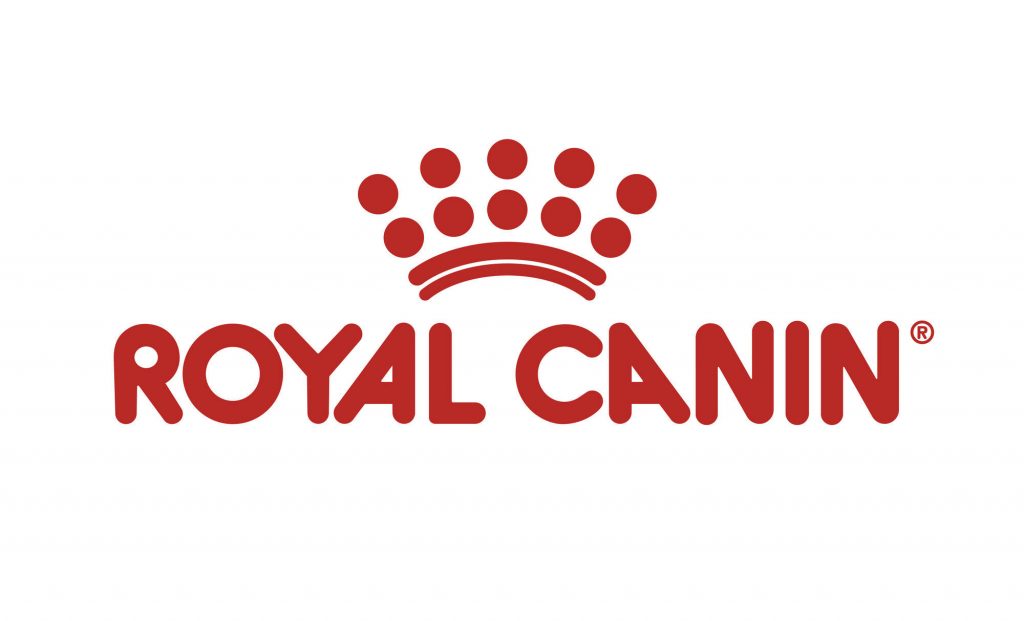Chowhound, the labrador retriever is in room 3. She got into the giant bowl of Halloween candy AND she ate a half a pan of pot brownies. Mom and Dad don’t really know how much of what! Dr. Justine Lee, how do you treat that?
HELPFUL LINKS:
VetGirl: vetgirlontherun.com/
UPCOMING WORKSHOPS:
Getting Team Buy In with Dr. Andy Roark October 24, 2020. Head over to: unchartedvet.com/team-buy-in/ to learn more.
Medicating Cats Positively with Dr. Andy Roark and Ingrid Johnson October 28, 2020. Head over to: drandyroark.com/product/medicatin…-cats-positively/ to learn more.
ABOUT OUR GUEST:
Dr. Justine Lee DVM, DACVECC, DABT lectures throughout the world on emergency, critical care, and toxicology, and was honored to receive the Speaker of the Year Award at the North American Veterinary Conference (2016, 2015, 2011) and Association des Médecines Vétérinaires du Québec (2012). Dr. Lee was the co-host veterinary analyst on Nat Geo Wild‘s Animal ER LIVE, and was the former contributor/blogger to Prevention magazine, PetMD: The Daily Vet, Pet Health Network and Voyce. She has been featured on NBC Weekend Today, Rachael Ray, WCCO, MPR, and various other TV and radio engagements. Dr. Lee is a part-time criticalist at Animal Emergency & Referral Center, a specialty referral hospital in the Twin Cities, MN.
VETgirl was the brainchild of Dr. Justine Lee. Years ago, while frantically studying for her board examination(s), she decided to take some time out to relieve some stress (aka “panic) by running. While pounding the pavement, she thought, “Why can’t I listen to this stuff on my Walkman while I exercise?” (She is old, and this was pre-Ipod days). Since sleeping on top of her textbooks didn’t appear to osmotically work, she decided that this “listen and learn” modality would truly be the best way to “take it all” in while frantically multi-tasking. And that’s when she teamed up with techno-saavy Dr. Pachtinger to create VETgirl…
